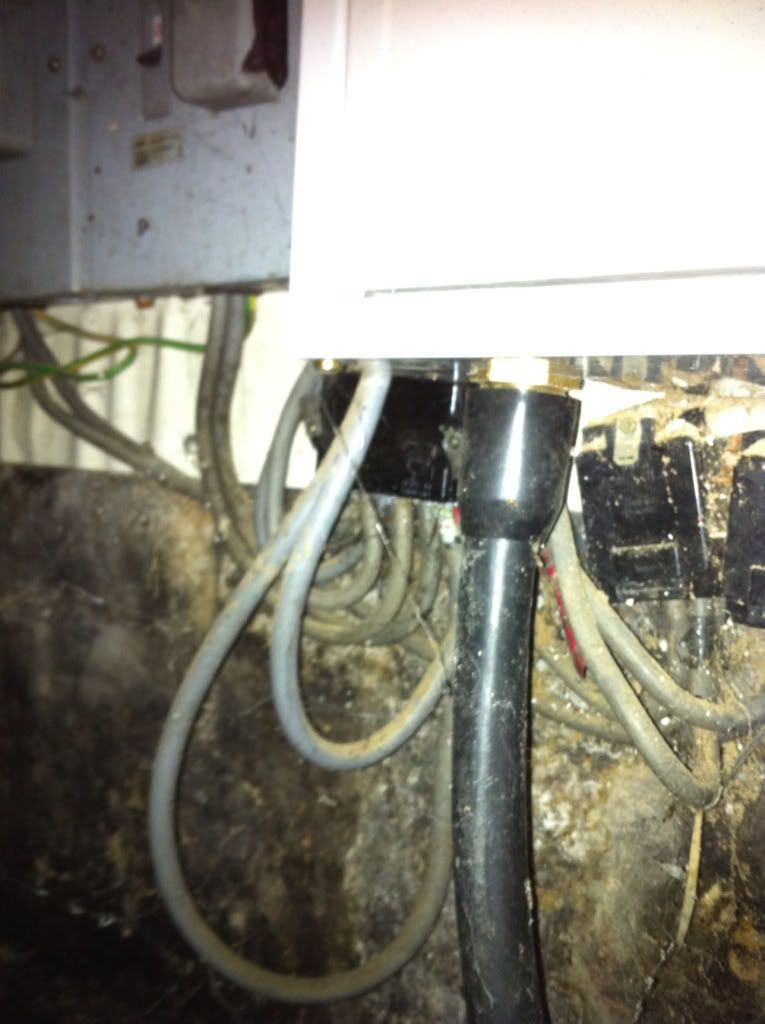Lec, you don't need physics to explain it.
Where the cable's bent, the electrons have to slow down to go round the corner.
Thus, they form a queue, jostling and bumping into each other. This is why the cable heats up on bends.
And that's physics, not what we are trained for!




